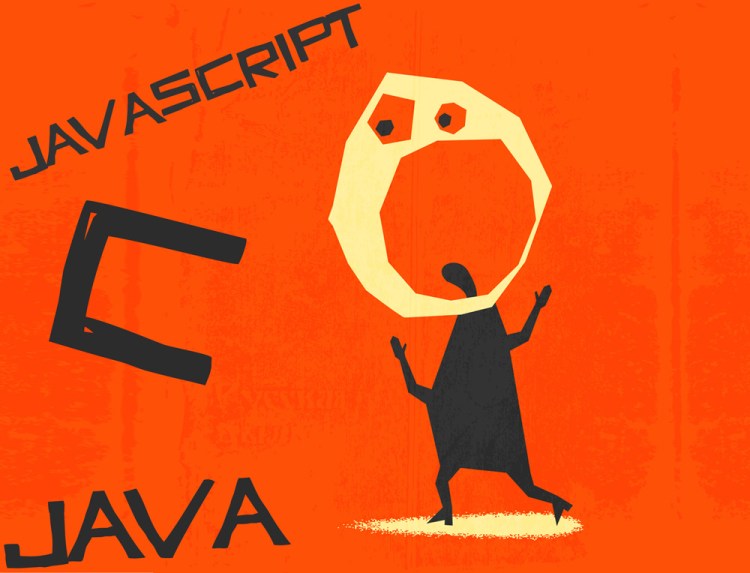Today’s programming languages have traditionally been created by the tech giants. These languages are made up of millions of lines of code, so the tech giants only invest in incremental, non-breaking changes that address their business concerns. This is why innovation in popular languages like C, Java, and JavaScript is depressingly slow.
Open-source languages like Python and Ruby gained widespread industrial use by solving backend problems at startup scale. Without the constraints of legacy code and committee politics, language designers are free to explore meaningful language innovation. And with compile-to-VM languages, it has become cheap enough for individuals and startups to create the future of programming languages themselves.
Open-source language innovation has not yet disrupted front-end programming. We still use the same object-oriented model that took over the industry in the 1980s. The tech giants are heavily committed to this approach, but open-source has made it possible to pursue drastically different methods.
Two years ago, I began to rethink front-end programming from scratch. I quickly found myself refining a then-obscure academic idea called Functional Reactive Programming. This developed into Elm, a language that compiles to JavaScript and makes it much easier to create highly interactive programs.
Since the advent of Elm, a lively and friendly community has sprung up, made up of everyone from professional developers to academics to beginners who have never tried functional programming before. This diversity of voices and experiences has been a huge help in guiding Elm towards viability as a production-ready language.
The community has already created a bunch of high quality contributions that are shaping the future of Elm and are aiming to shape the future of front-end programming.
Dev tools
Early on, I made it a priority to let people write, compile, and use Elm programs directly from their browser. No install, no downloads. This interactive editor made it easy for beginners and experts alike to learn Elm and start using it immediately.
In-browser compilation triggered lots of discussion, ideas, and ultimately contributions. Mads Flensted-Urech added in-line documentation for all standard libraries. Put your cursor over a function, and you get the type, prose explanation, and link to the library it comes from. Laszlo Pandy took charge of debugging tools. He is focusing on visualizing the state of an Elm program as time passes, even going so far as pausing, rewinding, and replaying events.
Runtime
I designed Elm to work nicely with concurrency. Unfortunately, JavaScript’s concurrency support is quite poor with questionable prospects for improvement. I decided to save the apparent implementation quagmire for later, but John P. Mayer decided to make it happen. He now has a version of the runtime that can automatically multiplex tasks across many threads, all implemented in JavaScript.
Common to all of these cases are driven individuals who knew they could do it better. This is how Elm got started and how it caught the attention of Prezi, a company also not content to accept JavaScript as the one and only answer for front-end development. I have since joined the company for the express purpose of furthering work on Elm.
We do not need to sit and hope that the tech giants will someday do an okay job. We can create the future of front-end programming ourselves, and we can do it now.
VentureBeat's mission is to be a digital town square for technical decision-makers to gain knowledge about transformative enterprise technology and transact. Learn More

